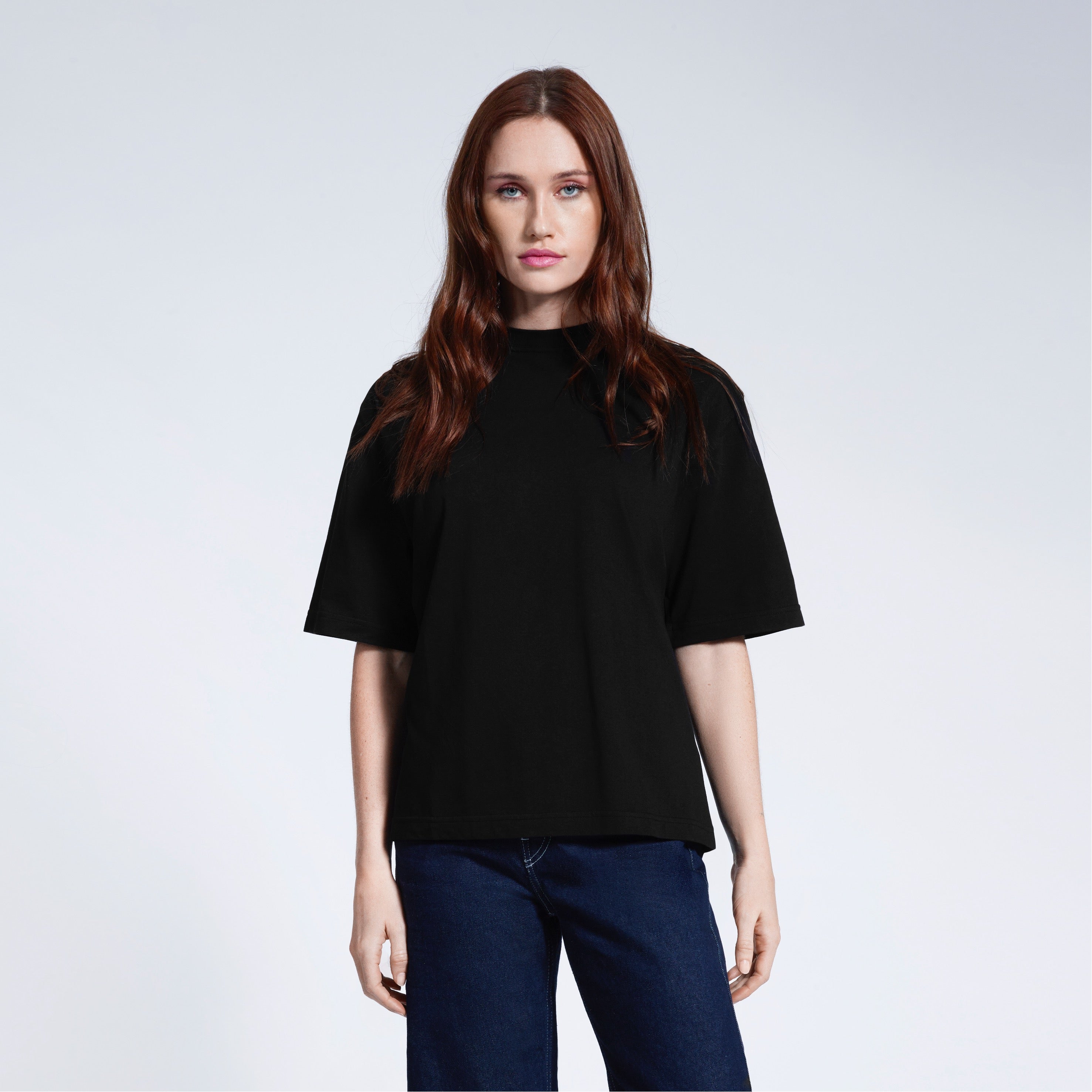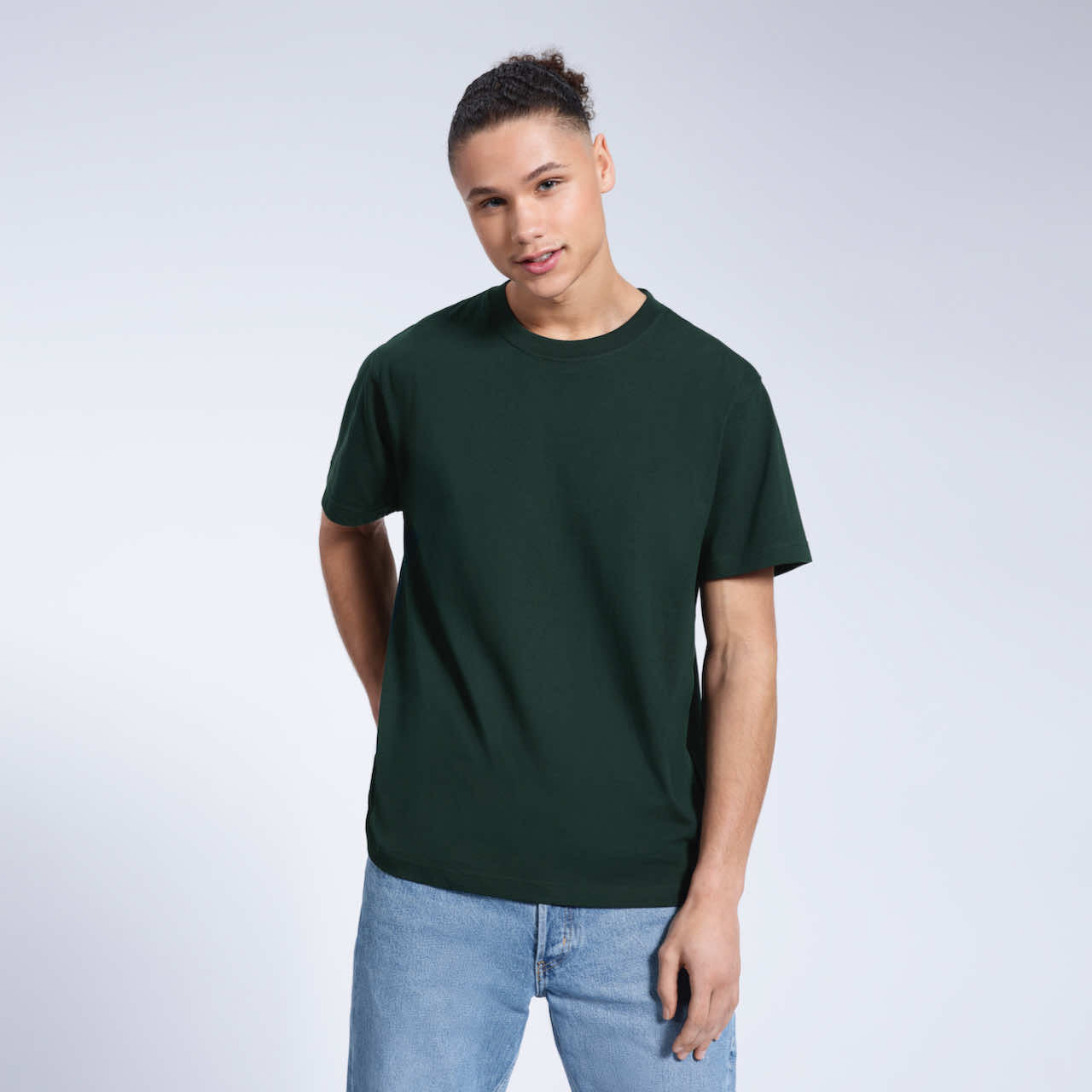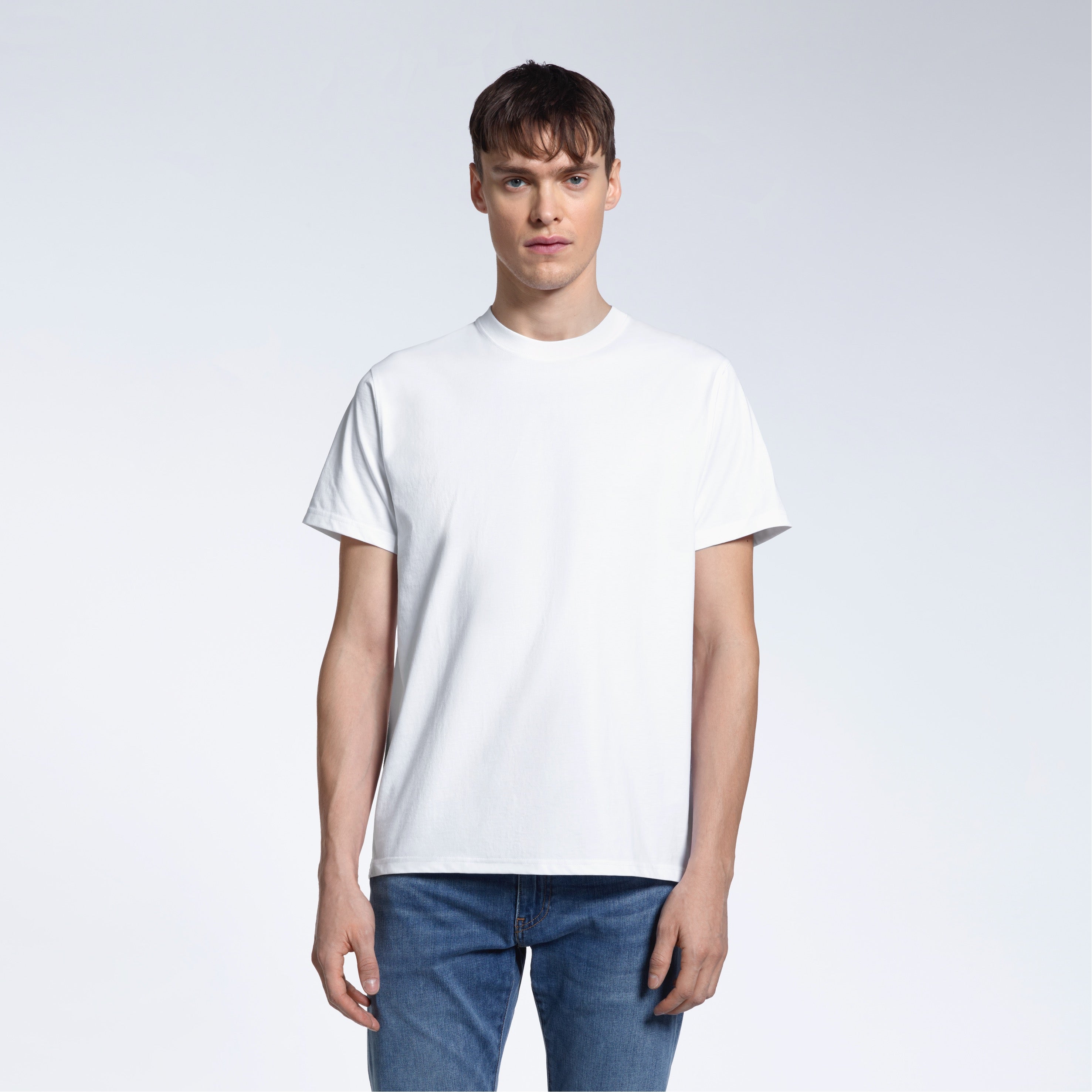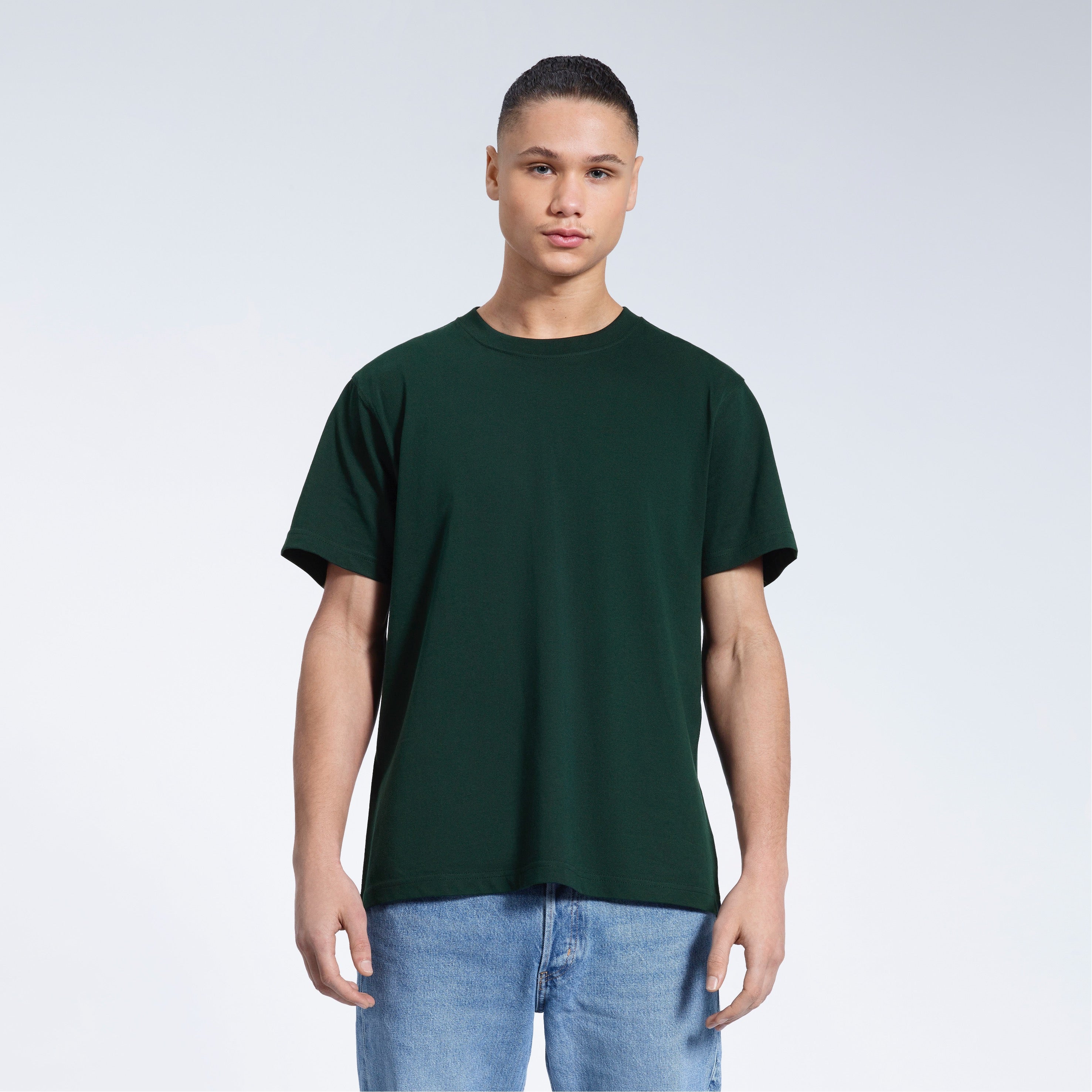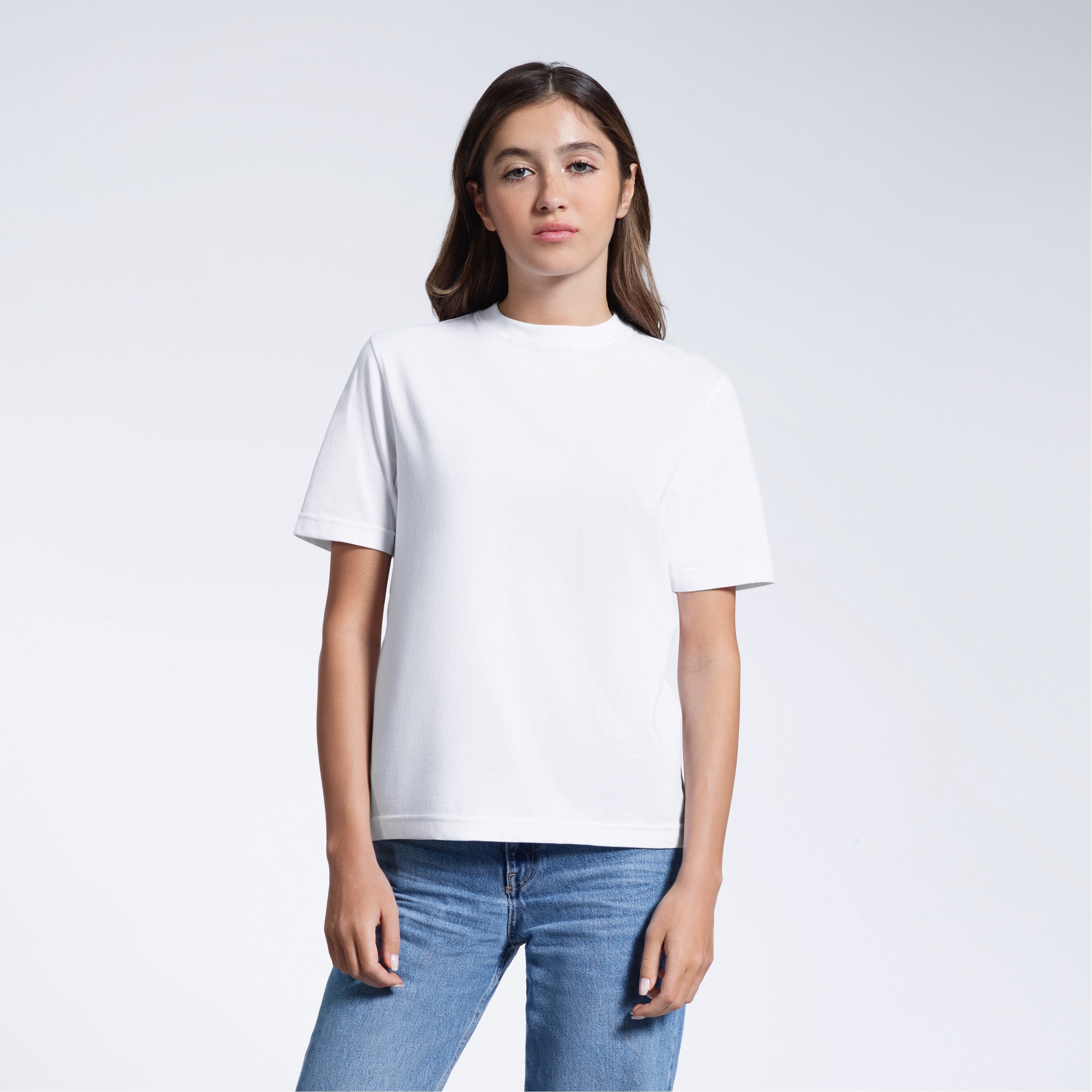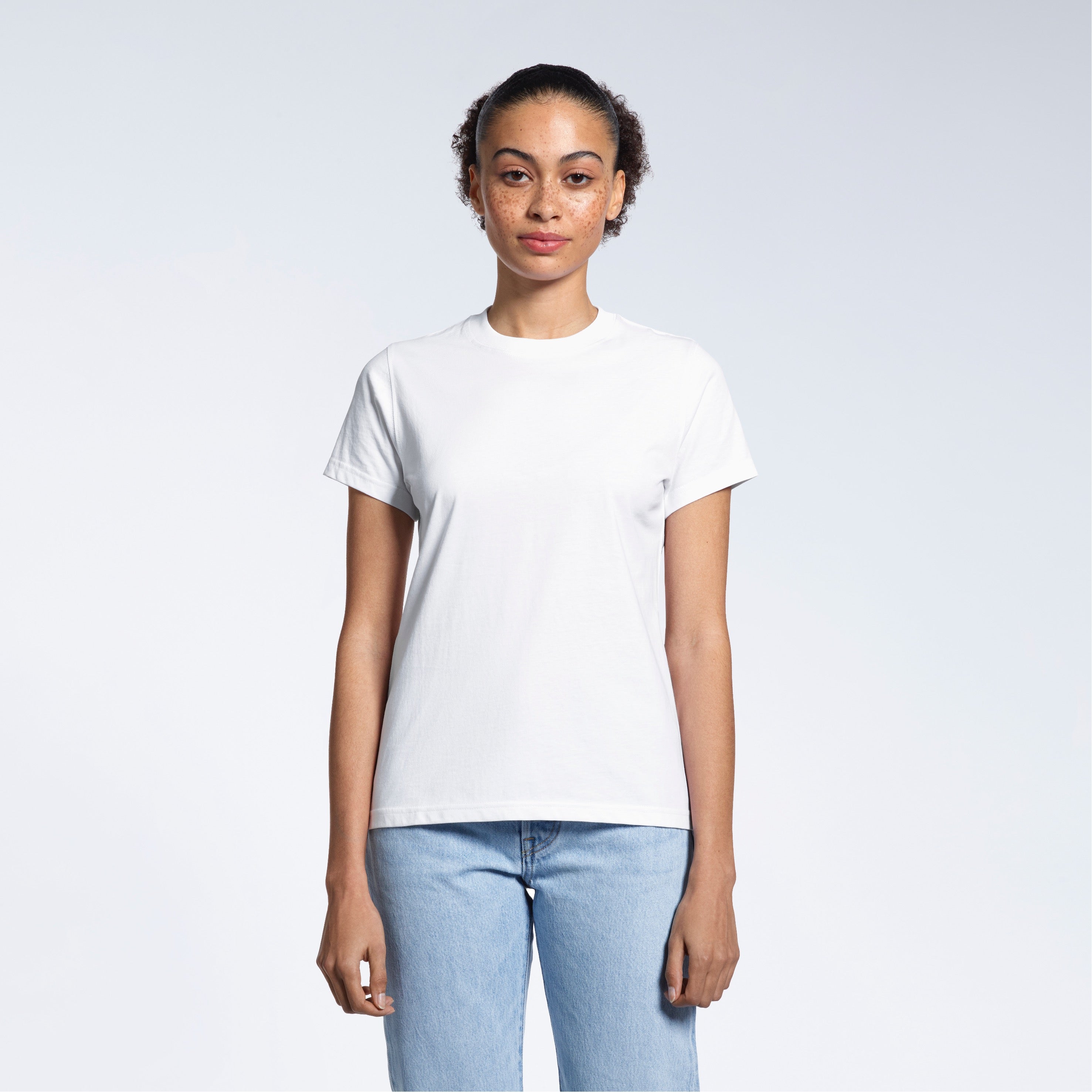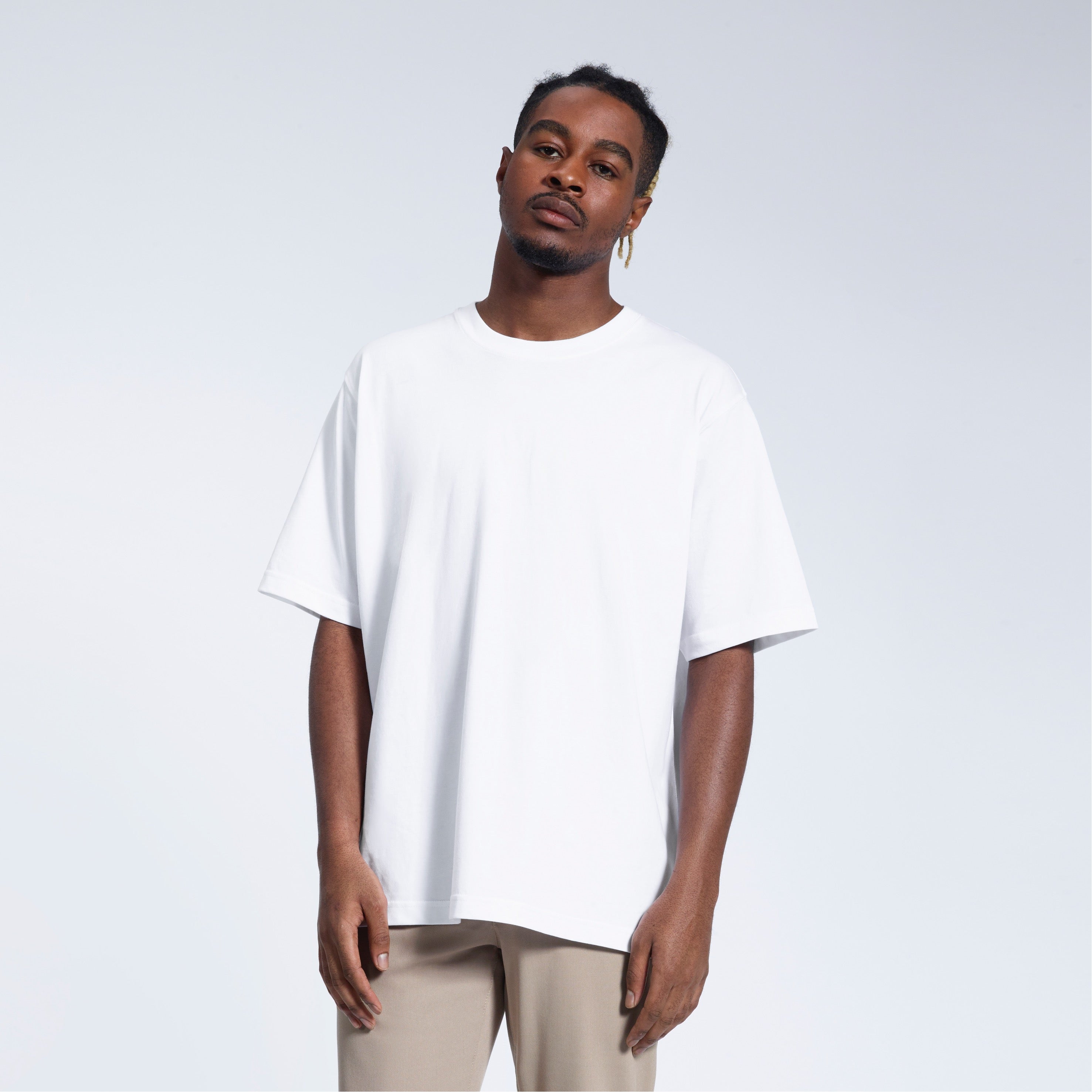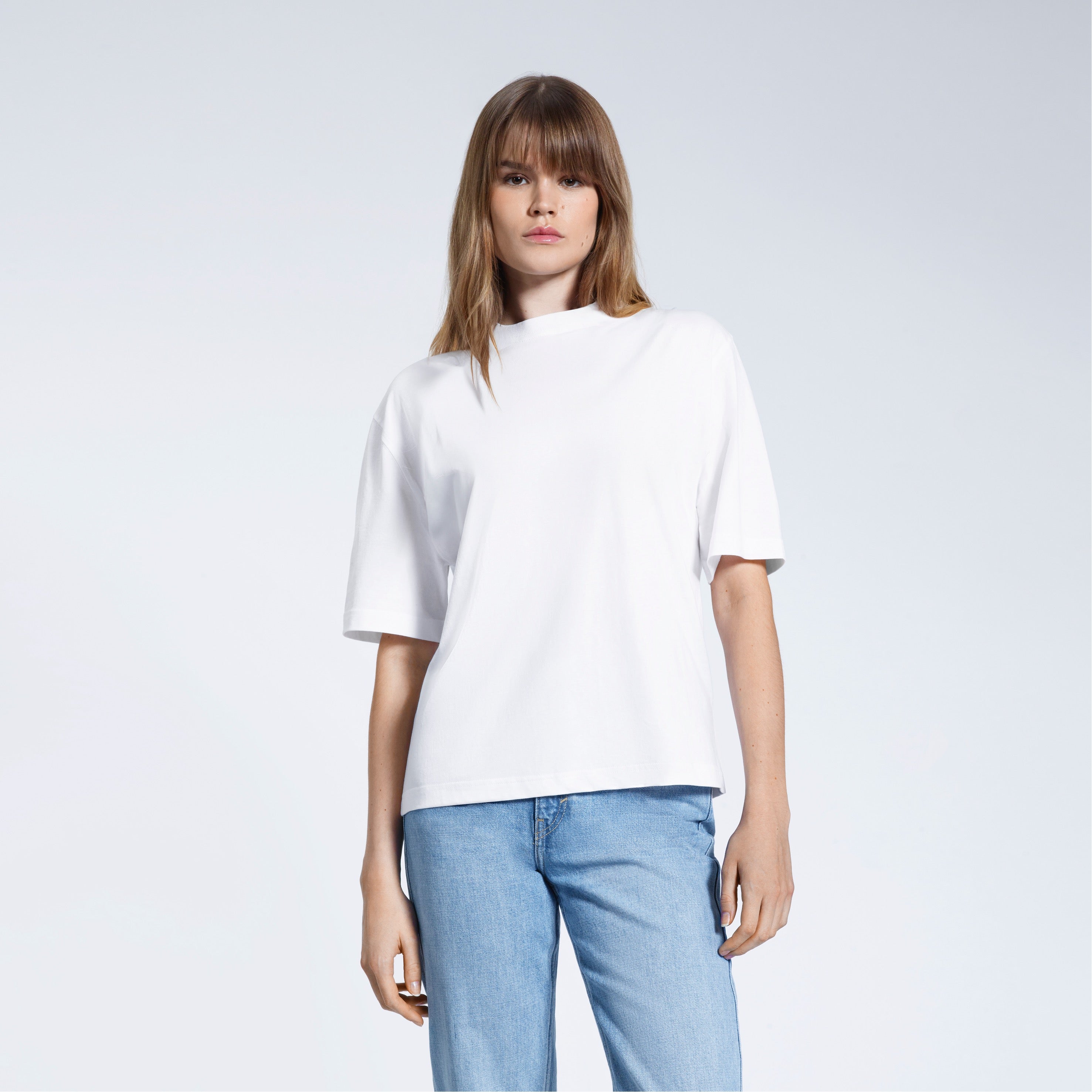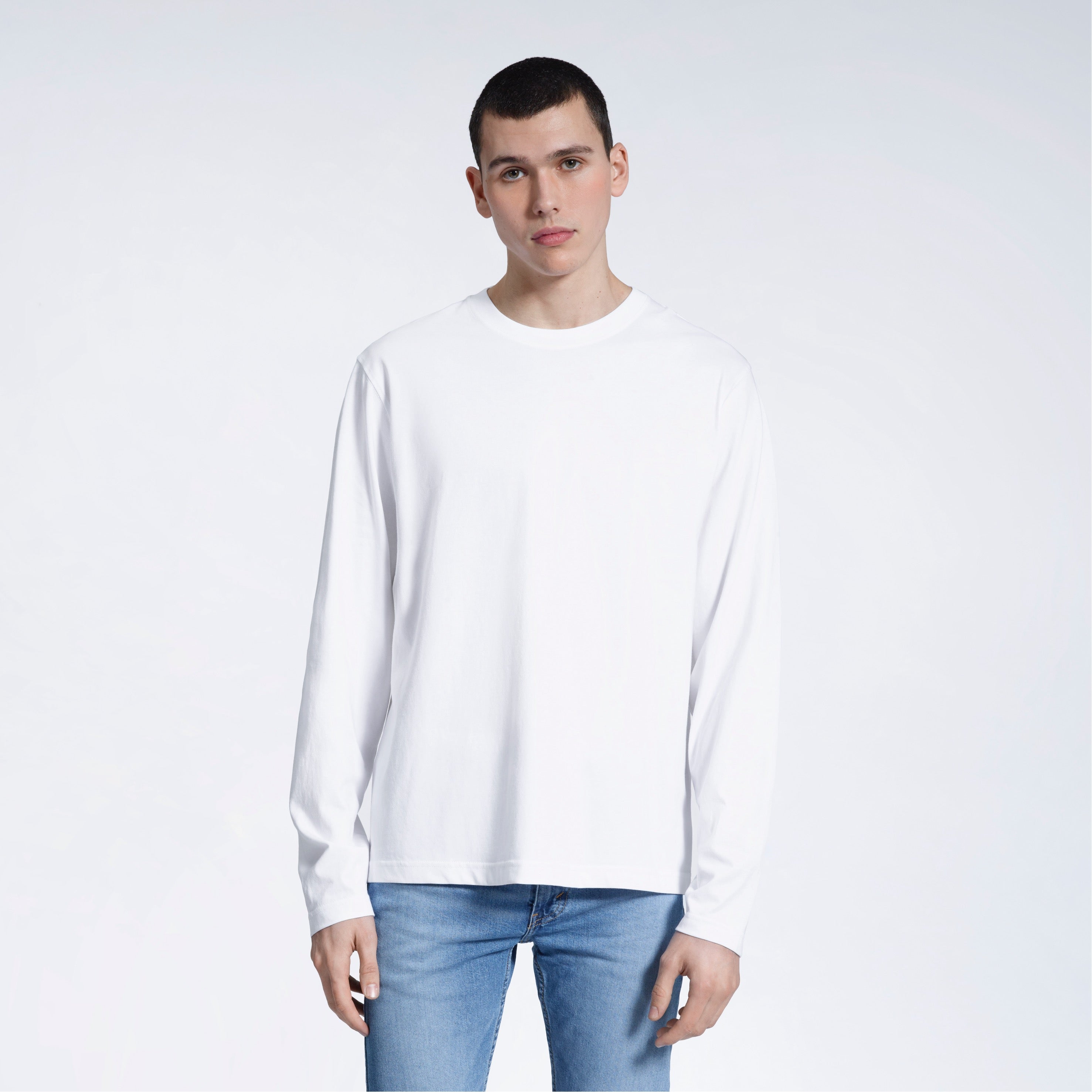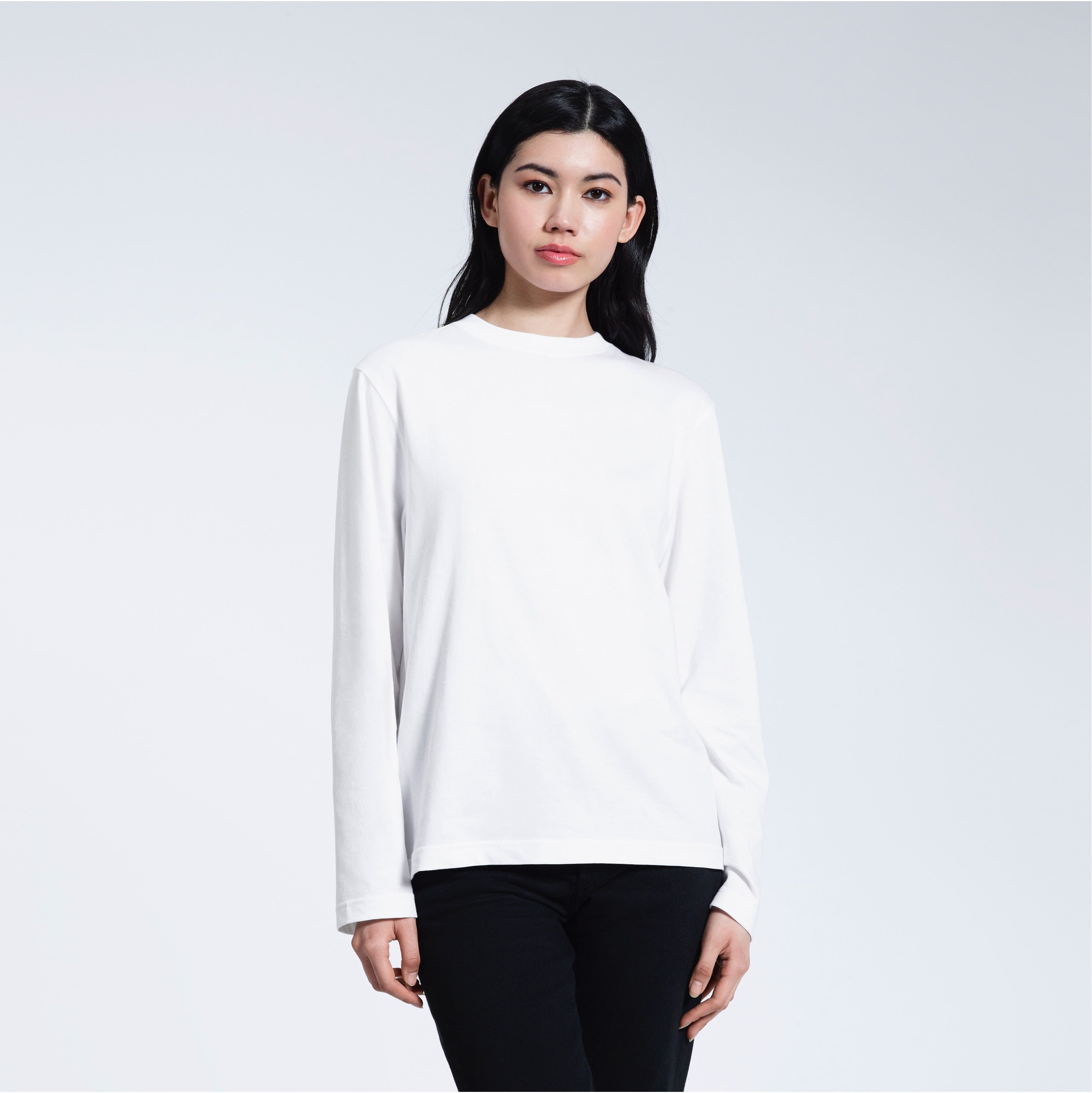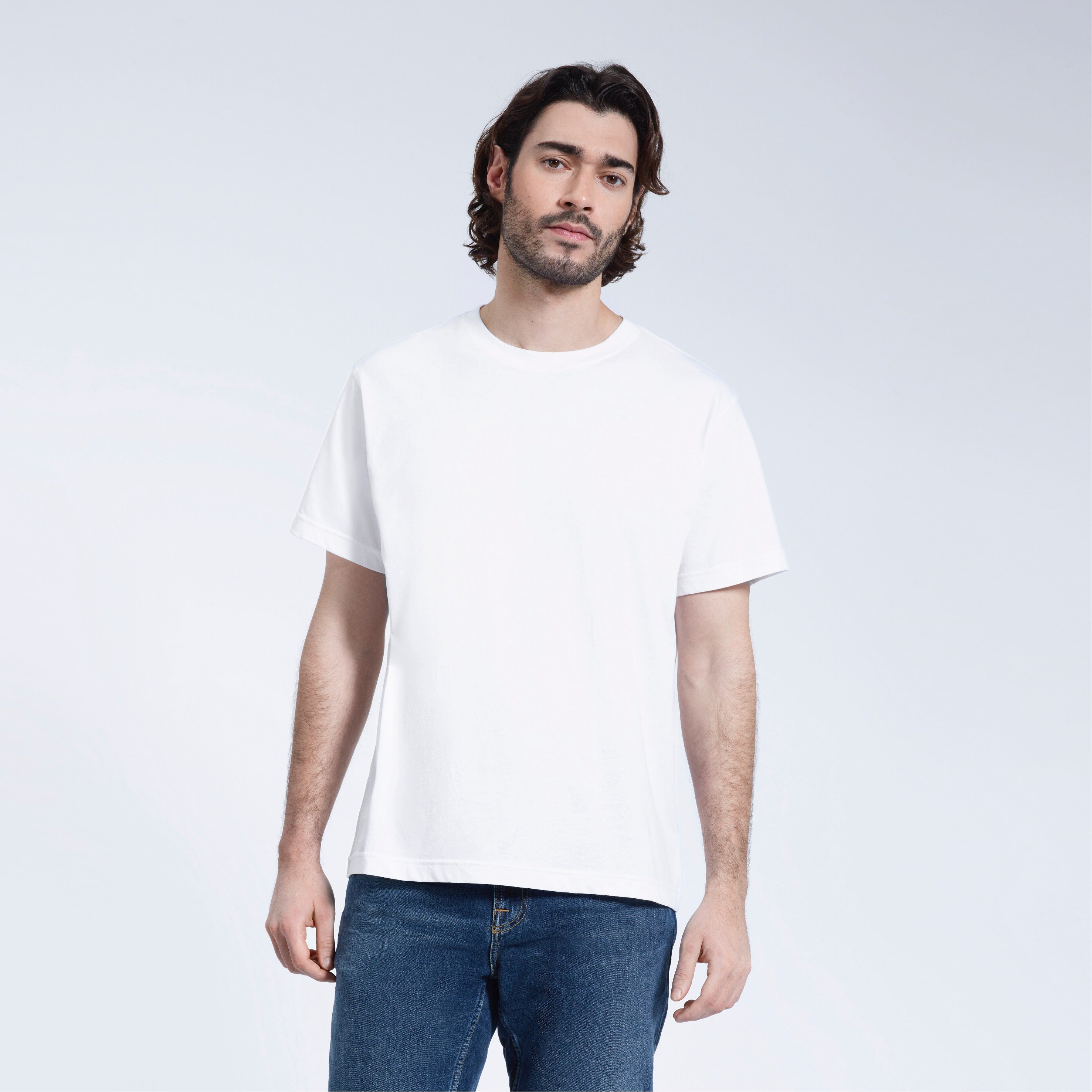
How to Care for Sustainable Fabrics: Tips for Longevity
As we learn more about fast fashion's impact on people and the planet, more people are looking for eco-friendly alternatives. The type of fabric is an important part of sustainable fashion: organic cotton, hemp, recycled polyester, and TENCEL™ are all great options.
But once you've switched to these eco-friendly fabrics, the next task is to make sure they last a long time. Sustainable fabrics need to be taken care of properly to keep them durable and make them last longer, which cuts down on waste and the need to buy new ones all the time.
We'll talk about important ways to take care of sustainable fabrics so that your clothes stay beautiful and functional for as long as possible.
What we’ll cover:
-
Know your fabrics
-
Gentle washing is important
-
Avoid using the dryer
-
Use an iron and/or steamer
-
Put clothes away the right way
-
Repair and restore
-
Pay attention to microplastics
1. Know your fabrics
To take care of sustainable fabrics, you must first know what they are made of. It is important to read care labels and learn about the types of fabric you are working with because they require different ways of being cared for. These are some of the most popular eco-friendly fabrics:
-
Organic Cotton: Because it is grown without using manmade fertilisers or pesticides, organic cotton is soft and breathable, but it can shrink or fade if you don't take good care of it.
-
Linen: Made from the flax plant, linen lasts a long time, kills germs naturally, and gets softer after each wash. It lets air pass through, but it wrinkles easily and needs to be washed gently to keep its shape.
-
Hemp: Hemp is one of the most eco-friendly fibres because it grows with very little water and chemicals. It's strong and long-lasting, but if you don't wash it right, it can get stiff over time.
-
Lyocell, or TENCEL™: TENCEL™ is a smooth, breathable fabric that doesn't wrinkle and is made from sustainably sourced wood pulp. It is relatively low-maintenance, but it should be washed carefully to keep its soft feel.
-
Recycled Polyester: This fabric is made from recycled plastic bottles or fabrics, and is strong and keeps you dry. Even though it's a great, environmentally friendly choice, extra care needs to be taken to keep microplastics from getting into the water when it's washed.
2. Gentle washing is important
How you wash your sustainable fabrics is one of the most important things you can do to keep them in good shape. Putting your clothes in the washer regularly on a hot setting with soap may seem like the easiest thing to do, but it can damage the fibres, making them wear out faster. Here are some things you can do to keep your eco-friendly clothes in great shape:
-
Use cold cycles: Washing your clothes in cold water helps them maintain their colour, texture, and shape. And it also saves on energy!
-
Choose a gentle detergent: Keep an eye out for soaps that are free of harsh chemicals and biodegradable. These detergents are better for the Earth and fabrics because they leave less toxic waste behind, which is then washed into waterways.
-
Wash your clothes less often: Too much cleaning can damage fabrics and make them wear out faster than they need to. If your clothes aren't dirty, you might want to wear them a few times before cleaning them. Clothes can last longer if you let them air out or clean them only in specific dirty spots.
-
Use a laundry bag: A cloth laundry bag can help protect delicate, eco-friendly fabrics like TENCEL™ or hemp. This will protect them from rougher fabrics in the wash and keep them from getting snags.
3. Avoid using the dryer
Using a clothes dryer may be easy, but it can damage your eco-friendly fabrics. Over time, high heat can shrink, fade, and wear down clothes. Here are a few other options:
-
Air-dry your clothes: lay them flat or hang them up to dry. It’s very important to do this for fabrics that shrink quickly in heat, like hemp, linen, and organic cotton.
-
If you need to use a dryer, choose the setting with the least amount of heat. This can keep your clothes from getting damaged and make them last longer.
4. Using an iron and/or steamer
Linen, hemp, and organic cotton are all eco-friendly fabrics that tend to wrinkle more than synthetic fabrics. Wrinkles are normal and can add more interesting textures, but you might want to smooth them out once in a while. Take care not to damage your clothes by following these steps:
-
Set the iron to low heat, and always read the care label on the fabric before you iron it. If you want to keep delicate fabrics like TENCEL™ and hemp from getting damaged, iron the item inside out as well.
-
Instead of ironing, steaming is a kinder way to get rid of wrinkles in eco-friendly fabrics. It helps the fabric keep its original texture and reduces damage from heat.
5. Put clothes away the right way
The best way to keep your sustainable fabrics in good shape is to store them properly. Here are some ways to make sure your clothes stay in excellent shape:
-
Store in a cool, dry place. Don't keep your clothes in places with a lot of moisture or direct sunlight, as this can make the colours fade. Wearing wet clothes can also damage them.
-
Avoid cheap plastic hooks because they can alter the shape of your clothes. Instead, use wooden or padded hangers.
-
It's better to fold heavy fabrics like denim or hemp than to hang them. This keeps them from stretching and maintains their shape, keeping them looking fresh.
6. Repair and restore
"Buy less, make it last" is an idea that can help you be more sustainable. Wear and tear can happen to your clothes over time, but instead of throwing them away, fix them! Here are some tips to help you mend your clothes and make them last longer:
-
Fix holes and tears by learning how to sew. This might keep you from having to buy a whole new item of clothing and save the original piece from the landfill.
-
Re-dye faded fabrics. If the colour of your clothes has faded over time, you might want to consider using a natural fabric dye to bring them back to life.
-
If your hoodie’s lost a button or a zip, why not try to repair the hardware? You can get spare parts from many eco-friendly names or look for them online.
7. Pay attention to microplastics
Eco-friendly fabrics like organic cotton, hemp, and linen break down naturally. Other eco-friendly fabrics, like recycled polyester and nylon, can shed microplastics when they are cleaned. To lessen this:
-
Use a microfibre filter. To keep microplastics from getting into the water source, put a microfibre filter in your washing machine or use a product like the Guppyfriend bag.
-
Wash less often. As mentioned earlier, cleaning your clothes less often not only makes them last longer, but it also helps lower the amount of microplastics that end up in the environment.
Taking care of eco-friendly fabrics isn't just about protecting your investment; it's also about keeping the environment safe. If you follow these simple tips, your eco-friendly clothing will last for years, so you won't have to buy new ones as often, and your environmental impact will be smaller.
Remember that how well you take care of your clothes has a lot to do with how long they last. If you are careful about how you wash, dry, and store your sustainable fabrics, they will continue to bring joy and function to your wardrobe for years to come.
